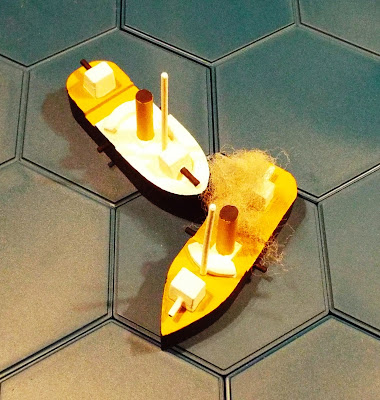I collected the latest edition of THE NUGGET (N277) from the printer this morning, and it will posted it out to members of Wargame Developments by Monday afternoon.
I have already uploaded the PDF versions of THE NUGGET and THE NUGGET COLOUR SUPPLEMENT to the Wargame Developments website, and they are available for members of Wargame Developments to read online or to download and print.
IMPORTANT: Please note that this is the fourth issue of THE NUGGET to be published for the 2014-2015 subscription year, and that members who have not already re-subscribed can do so by visiting the relevant page on the Wargame Developments website.
The password to open the online PDF version of THE NUGGET and THE NUGGET COLOUR SUPPLEMENT will be sent to members by post and email as soon as they re-subscribe.
I have already uploaded the PDF versions of THE NUGGET and THE NUGGET COLOUR SUPPLEMENT to the Wargame Developments website, and they are available for members of Wargame Developments to read online or to download and print.
IMPORTANT: Please note that this is the fourth issue of THE NUGGET to be published for the 2014-2015 subscription year, and that members who have not already re-subscribed can do so by visiting the relevant page on the Wargame Developments website.
The password to open the online PDF version of THE NUGGET and THE NUGGET COLOUR SUPPLEMENT will be sent to members by post and email as soon as they re-subscribe.





















































.jpeg)






























